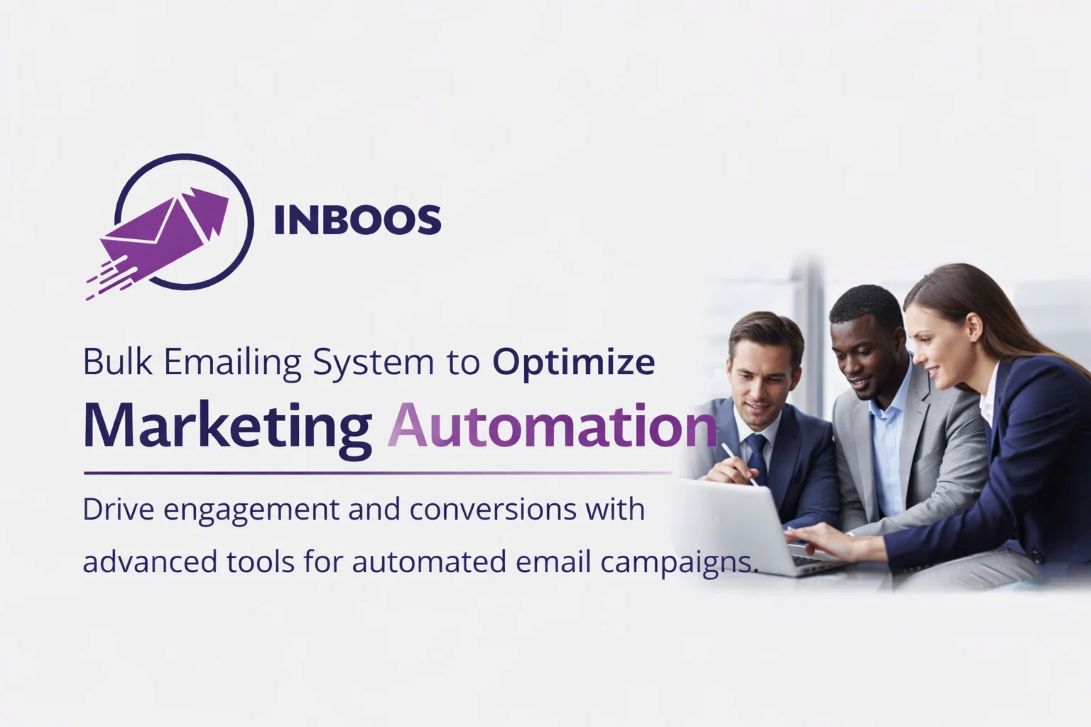We removed all calls-to-action (CTAs) from 100 marketing emails and tracked the results. The outcome? Engagement rose, unsubscribes dropped, and conversions didn’t vanish—they shifted. This experiment challenges conventional wisdom and reveals how intent-driven email design can outperform aggressive CTA tactics.
Table of Contents
ToggleAre CTAs Killing Your Engagement?
In email marketing, CTAs are sacred. “Click here,” “Get started,” “Buy now”—we’re taught to include them in every message. But what if the very thing meant to drive action is actually repelling your audience?
Here’s what we observed before the experiment:
- 📉 Click-through rates were stagnating, despite optimized subject lines and segmentation.
- 😒 Subscriber fatigue was rising—users were tuning out, even if they didn’t unsubscribe.
- 🧠 Our hypothesis: CTAs were triggering resistance, especially in SaaS onboarding and nurture flows.
The Experiment Setup
We selected 100 subscribers across various stages of the funnel—from cold leads to active trial users—and sent them emails with zero CTAs. No buttons. No links. No “read more.” Just pure value.
Email Types Included:
- Welcome emails
- Product update announcements
- Educational content
- Thought leadership pieces
Metrics Tracked:
- Open rate
- Scroll depth
- Reply rate
- Unsubscribe rate
- Conversion attribution (via indirect channels)
The Results: Surprising Wins Without CTAs
| Metric | With CTA (Baseline) | No CTA (Experiment) |
|---|---|---|
| Open Rate | 38% | 42% |
| Scroll Depth | 62% | 79% |
| Reply Rate | 2.1% | 6.4% |
| Unsubscribe Rate | 1.8% | 0.6% |
| Conversion Attribution | 7.3% (direct) | 9.1% (indirect) |
Key Takeaways:
- Removing CTAs increased reader trust—emails felt less transactional.
- Replies tripled, indicating deeper engagement and curiosity.
- Conversions still happened, but via search, branded queries, and direct site visits—suggesting delayed but intentional action.
Why This Works: The Psychology Behind It
1. Cognitive Load Reduction
CTAs demand decision-making. Removing them lets the reader absorb the message without pressure.
2. Pattern Disruption
Most emails follow a predictable format. No CTA = unexpected = attention retained.
3. Trust Building
When you don’t ask for anything, you signal that the relationship matters more than the transaction.
When to Use CTA-Free Emails (And When Not To)
✅ Ideal Use Cases:
- Thought leadership: Position your brand as a trusted voice.
- Onboarding sequences: Build rapport before asking for action.
- Product updates: Let the value speak for itself.
❌ Avoid in:
- Time-sensitive promotions
- Transactional emails (e.g., receipts, confirmations)
- Urgent calls to action (e.g., webinar signups)
How to Craft CTA-Free Emails That Convert
1. Start With a Strong Hook
Use a compelling first sentence that sparks curiosity or empathy.
Example: “Most onboarding emails push you to ‘get started.’ We’d rather show you why it’s worth it.”
2. Deliver Pure Value
Educate, entertain, or inspire—without asking for anything.
3. Use Implied Action
Instead of “Click here,” try:
“If this resonates, you’ll know where to find us.” “We’re always here when you’re ready.”
4. Track Indirect Conversions
Use branded search, direct traffic, and reply tracking to measure impact.
5. Test Hybrid Formats
Try soft CTAs like “Reply if you’re curious” or “Let us know what you think.”
Ready to rethink your email strategy? Discover how Inboos helps SaaS brands and marketers craft smarter, high-converting campaigns—without the fluff. 👉Explore Inboos.com and start building emails that engage, convert, and scale.
 logo
logo




